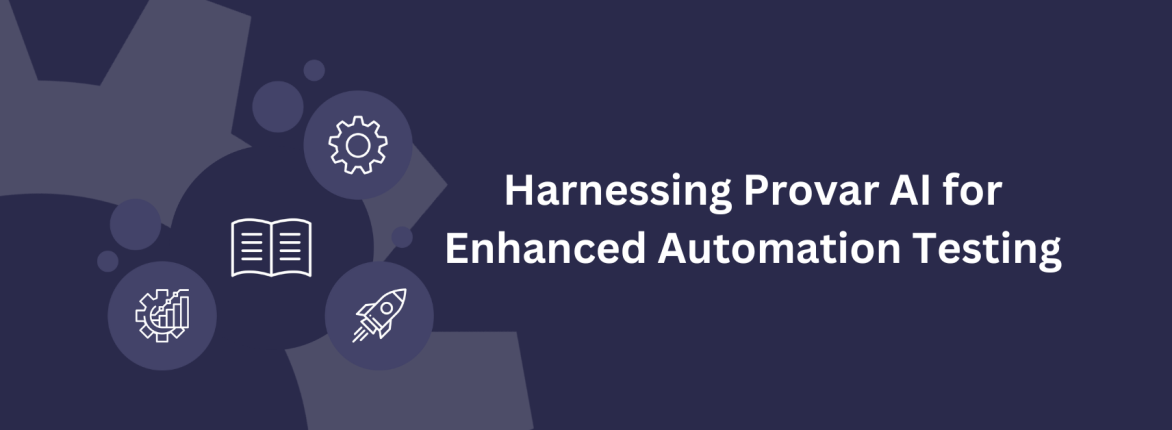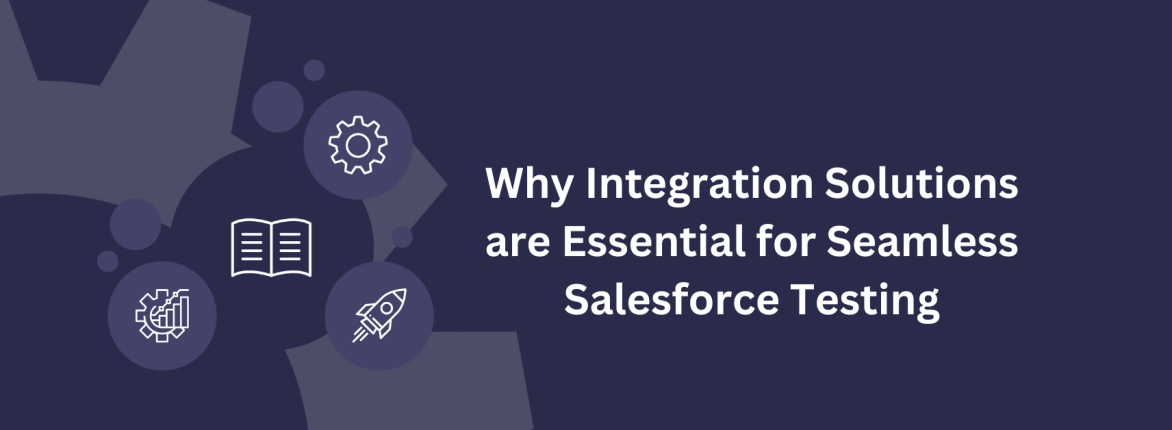Continuous improvement in software development goes beyond the technology. It must start within the organization itself. One critical area that often determines the success of software development and deployment is the efficiency of team collaboration. As businesses grow and scale, the need for effective cross-organization collaboration becomes even more essential, though exponentially more challenging.
Automated testing has numerous advantages, one of the most significant (and underrated!) being enhanced cross-organization collaboration. Let’s discuss the many ways it improves collaboration across various teams within an organization.
The Role of Cross-Organization Collaboration in Testing
Automated testing not only enhances the technical aspects of software development but also significantly improves cross-organization collaboration. Testing serves as a critical juncture where various teams must align their efforts to ensure successful software deployment. Collaboration becomes especially crucial during testing phases, where different stakeholders bring their expertise to validate the application’s functionality, performance, and usability.
Cross-organization collaboration involves defining clear objectives and requirements that encompass the needs of all involved parties. This collaborative approach ensures that efforts are targeted and comprehensive, addressing diverse perspectives and priorities.
A strong testing strategy allows for transparent and open communication channels that facilitate the sharing of information, progress updates, and feedback among teams. Clear communication on successes and areas of improvement is essential to minimize disruptions and maximize the quality of the software product.
4 Ways a Strong Automated Testing Strategy Enables Cross-Organization Collaboration
Here are four ways a strong automated testing strategy enables cross-organization collaboration.
Consistent Standards and Practices
Establishing and adhering to a standardized testing framework ensures that teams across different departments follow the same protocols and methodologies. This consistency reduces misunderstandings and streamlines collaboration by providing a common language for discussing testing processes and outcomes.
Improved Communication and Transparency
Automated testing often incorporates centralized dashboards and reporting tools that provide real-time insights into testing progress and results. These tools offer a comprehensive view of testing activities, promoting transparency and enabling stakeholders to make informed decisions based on up-to-date data. It also helps create efficient feedback loops since anyone can tune in at any time.
Enhanced Traceability and Accountability
Automated testing tools integrate with version control systems, ensuring that every change made to the software codebase is tracked and tested. This integration enables teams to maintain a clear audit trail of all changes, fostering accountability and ensuring that modifications are thoroughly validated.
24/7 Testing
Automated tests can run at any time, regardless of geographical location or time zone differences — which is especially helpful if your team has remote workers. This flexibility allows teams spread across different regions to receive updates and test results promptly, ensuring that work can continue seamlessly around the clock.
How Provar Automation and Provar Manager Promote Cross-Organization Collaboration
Provar Automation, especially when used in conjunction with Provar Manager, significantly enhances cross-organization collaboration, driving efficiency and quality throughout the software development lifecycle.
With a robust automated testing framework built for Salesforce and various other systems and platforms, Provar Automation ensures that development, QA, and operations teams work within a consistent environment. Provar Manager acts as a centralized hub that connects systems and workflows, enabling comprehensive management and monitoring of quality across the development landscape.
By integrating these tools, organizations can streamline their entire software QA process, from planning and design to test execution and analysis, fostering a more cohesive and collaborative environment. Provar Manager simplifies release management and provides comprehensive reporting features, offering analytics, insights, and notifications on test executions and open defects. These insights help teams analyze data, understand risks, and identify test owners, driving improvements in quality and collaboration.
Provar’s latest white paper, How a Strong Automated Testing Strategy Enables Cross-Organization Collaboration, goes into more detail on all the ways your testing strategy can help your team beyond the technology itself. Download it for free!
Want to learn more about Provar’s quality solutions for automated testing? Connect with a Provar expert today!










